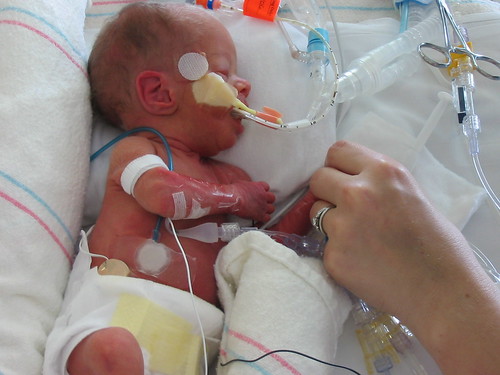Image: example of mother bottle feeding infant (captured by Anna Stills)
Background
The first few months of an infant’s life are very important for the development of the gut microbiota, which shapes immune responses, metabolic function, and overall health. The gut microbiota is a complex community of tiny microbes that inhabit your digestive system, namely the large intestine. Early colonization of the gut can change based on factors like how a baby was born (vaginal vs cesarean section), what they eat (breastfeeding vs formula) and healthcare treatments (antibiotic use). Disruptions to this delicate balance during infancy can have long-term consequences like increasing the risk for certain conditions like allergies, obesity and gastrointestinal disorders later in life (Lagouvardos, 2022, p.334).
Given the deep connection between the gut microbiota and health, scientists are looking into how different decisions during infancy can shape these microbial communities. One of these decisions is the use of synbiotics. Synbiotics are a combination of probiotics (live beneficial bacteria) and prebiotics ( food for bacteria). Synbiotic formulas, which blend probiotcs and prebiotics, are made to copy the benefits of breastfeeding and support the development of a healthy gut microbiome in infants who are not breastfed. Synbiotic formulas are common but are, not surprisingly, more expensive than their non-synbiotic formula counterparts.
Continue reading “Could Your Baby Benefit From Synbiotic Formula?”

